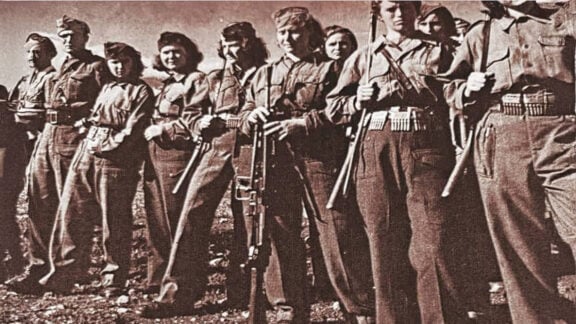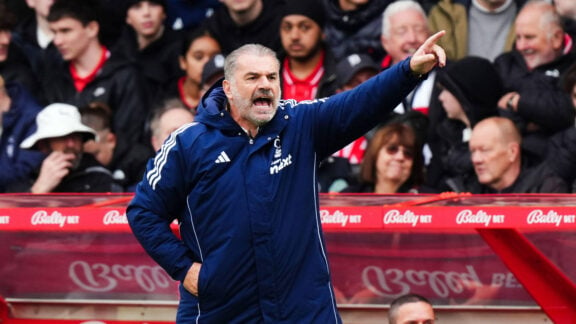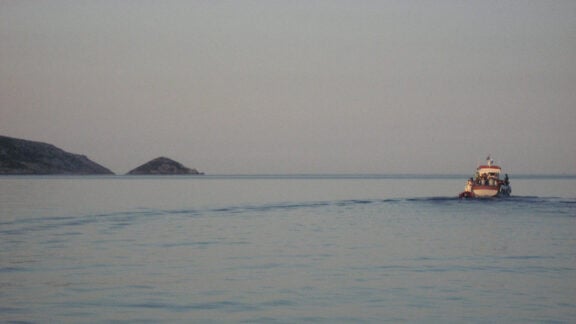My parents were migrants that came from Cyprus to Australia in the late 40s.
Imagine four adults and four children in a Ford Consul, no seatbelts, crossply tyres, no radio, three on the tree manual transmission, an ashtray full of dad’s butts and mum up the front holding two kids on her lap – It’s amazing we survived road trauma.
One would say they and a few thousand other Greeks became known as the pioneers of the post war migration to Australia.
In those early years, Greek families, like all new European arrivals, lived in close proximity to each other for social interaction without the need to use public or private transport.
That, however, changed in the mid-fifties, with some migrants purchasing a used car.
In many ways the auto buying trends of Greeks, Italians, Maltese, Yugoslavians and other post World War 2 arrivals had a big influence on Australia’s Car manufacturing industry.
Most new arrivals in the 50s found themselves work on an automobile production line at Holden, Austin, Rootes (Hillman) or Chrysler at Fishermen’s Bend or with Ford at Broadmeadows (Victoria).
Where our fathers spent their working day on the production line, is how they chose the car they drove in the early years.
Greeks predominantly drove Holdens, Italians leaned towards the Chrysler Valiant company as they always thought the big American car concept was a socially better example of affluence.
Other popular models in the 50s and early 60s were Austin-Morris 1000 and 1100, Wolseley, Hillman and Ford’s English import models the Consul and Zephyr.
By the mid 50s many Greeks owned cars but there were a lot more that didn’t.
The main stumbling block was that a local driver’s licence was mandatory and one had to pass an English driver’s licence test that proved to be very difficult at the time.
Language and racial prejudice created a formidable barrier to overcome.
Nevertheless fun times were had in the early days of ‘wogs on wheels’.
I recall that, although my father worked for Austin-Morris and later for Holden, he never quite ever succeeded in obtaining his driver’s licence, although some relatives and friends that had cars always came around on weekends and we would all pile in the one car to go for a ‘volta’ or visit relatives.
Most of the cars I experienced when young were rather small and cramped.
Imagine four adults and four children in a Ford Consul, no seatbelts, crossply tyres, no radio, three on the tree manual transmission, an ashtray full of dad’s butts and mum up the front holding two kids on her lap – It’s amazing we survived road trauma.
In the summer and especially in January, the ‘Parting of the Waters’ at Mordialloc would attract most of the Greek families in Melbourne.
There would be carloads of people bumper to bumper heading for the beach and pier ceremony on the one lane Nepean Road (presently the multi-lane Nepean Highway).
We would all get into my uncle’s new FC Holden Special -Three adults on the front bench seat, four seated on the back seat and seven kids in the station wagon’s cargo space with the back window wound down for ventilation.
No one worried about road safety in those times because ‘theia’ would cross herself at the start of our journey and that was enough to see us through our travels!
With Greek families eventually being able to afford more, the older family car would be traded in for virtually peanuts (usually at some rip-off artist dealer that had a Greek speaking salesman on staff) so they could purchase their new model (..and always for cash) so mum could exercise her talents in interior trim decorating.
They would inevitably make and fit their own seat covers out of imitation snake, tiger or leopard print cotton material.
Doylies would appear on top of the seats and velvet ‘Parthenon’ glitter cushions either side of a tissue box on the back parcel shelf.
For the really creative ‘wife’ aftermarket treatment, white or baby-blue pompoms would grace the trim around the back window and not forgetting the ugly imitation chihuahua with the glowing eyes, nodding its mechanical head to the tune of ‘Football, meat pies, kangaroos and Holden cars’!
So what were the classic ‘Wog’ cars of the 50s and 60s?
The Holden FB / EK, EH and later the Kingswood became the Greeks’ favourite.
The Italians had a passion for Valiant AP6s’, VC / VH’s, intact with factory virginal clear plastic seat covers and lurid aftermarket purple, blue and green paint-jobs while the early Ford falcon was preferred by those who were opting for a cheaper, larger family car.






